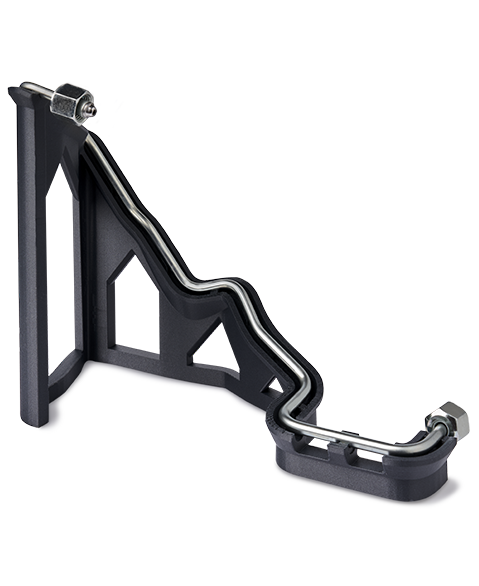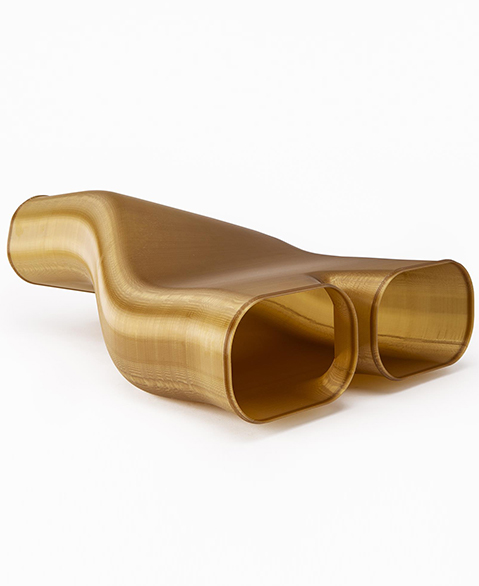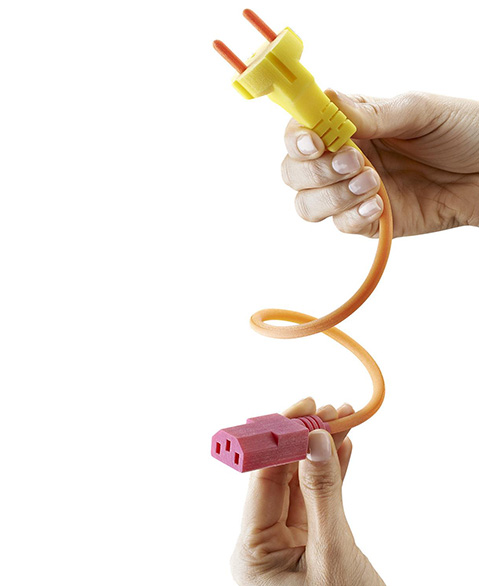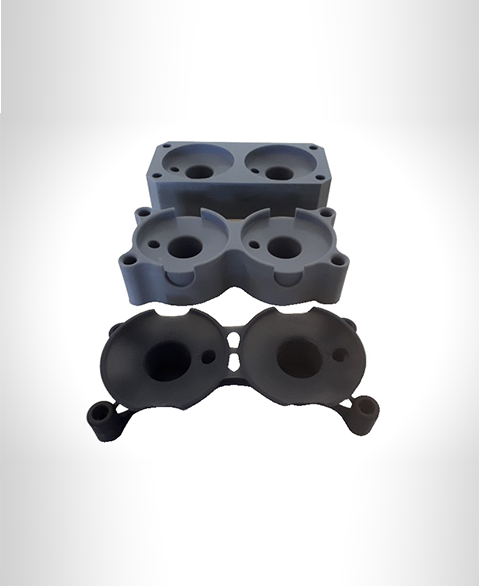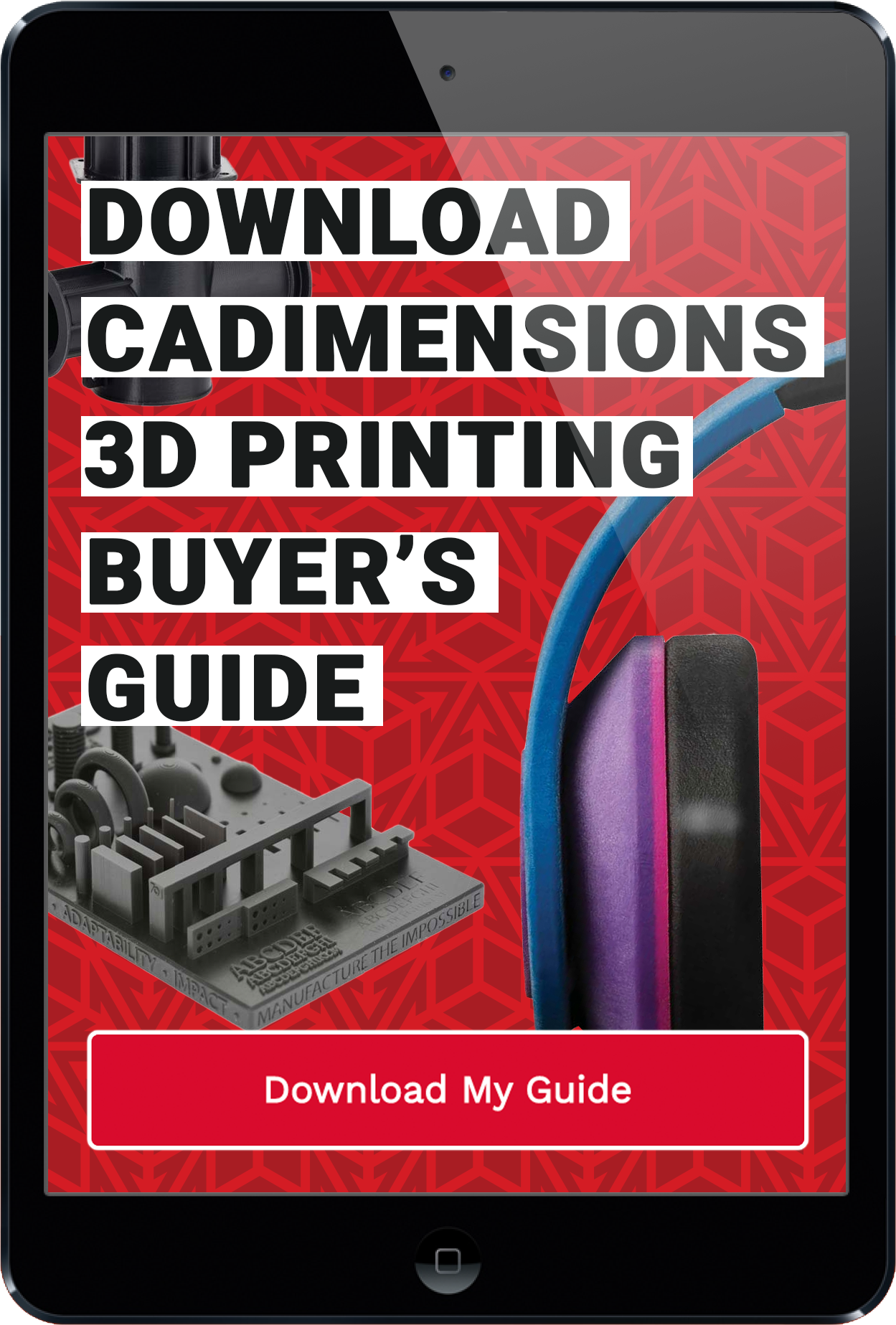Out-of-this-world
MATERIALS
that expand your capabilities
CADimensions has you covered with 3D printing materials and consumables that ensure you’re getting the most from your 3D printing equipment.
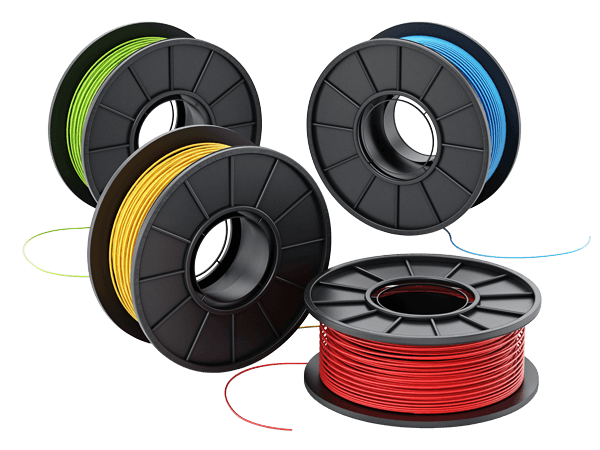
Explore 3D Printing Materials
FDM Filament Materials
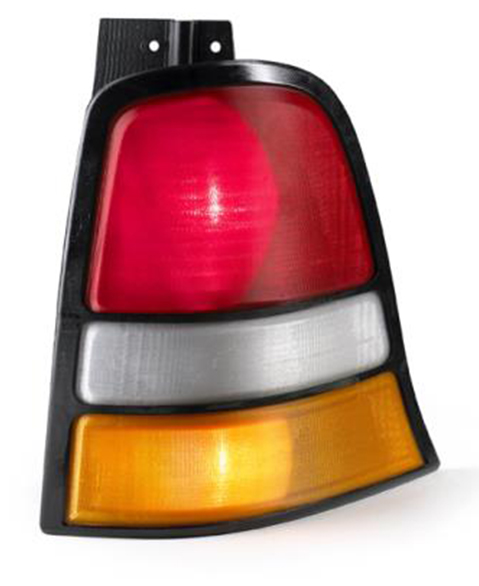
ABS
ABS is among the more commonly used thermoplastic polymers used today. It’s great to be able to 3D print in the same material that you’ll be using for injection molding, so you know the material’s capabilities while prototyping.
Stratasys has expanded material options that have ABS at its base but include electrostatic dissipating and carbon fiber-impregnated options.
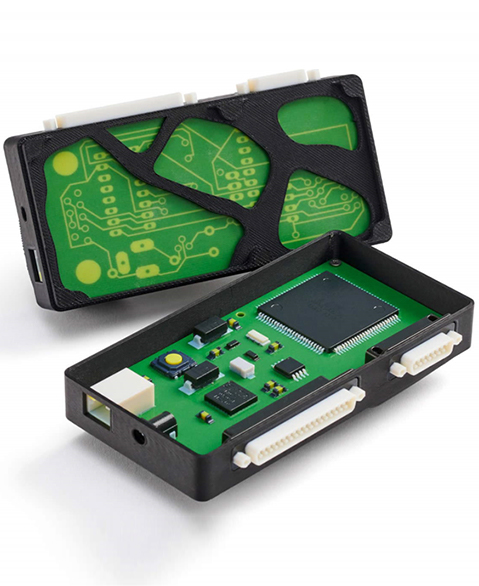
ABS ESD-7
ABS-ESD7 is an ABS thermoplastic with static dissipative properties for applications where a static charge can damage products, impair their performance or cause an explosion in a flammable environment.
Lower the cost and speed the production of jigs, fixtures, prototypes and production parts that need the security of ESD protection.
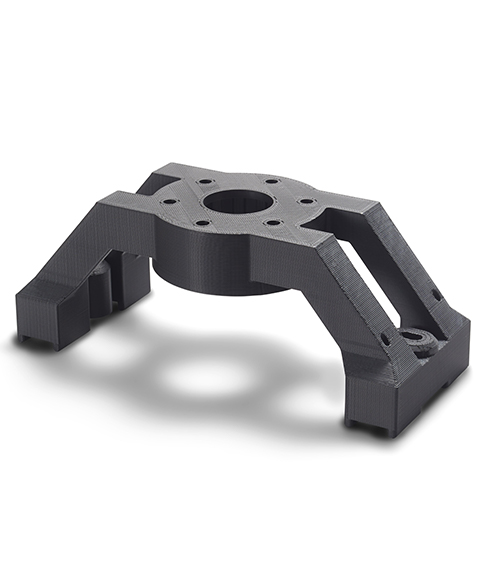
DIRAN
Diran 410MF07 is a durable, nylon-based thermoplastic. It demonstrates exceptional toughness and resistance to hydrocarbon-based chemicals while maintaining a smooth, lubricious surface quality. Diran’s toughness and smooth, low-friction texture make it perfect for non-marring, factory-floor tooling that stands up to the job.
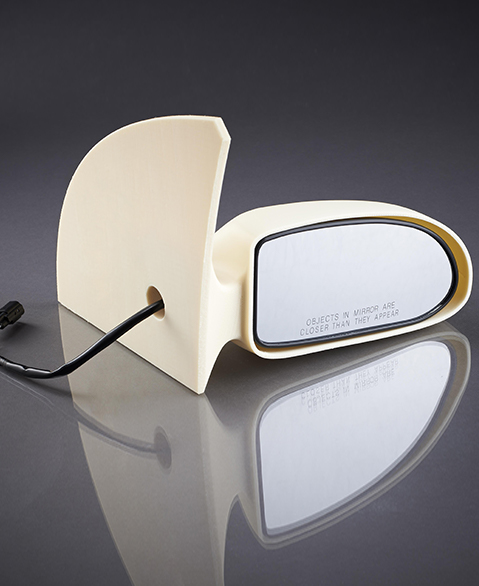
ASA
ASA is an all-purpose prototyping material with exceptional UV stability, especially suited in production parts for outdoor commercial and infrastructure use. ASA won’t degrade with prolonged outdoor use and is accurate, stable, and very durable.
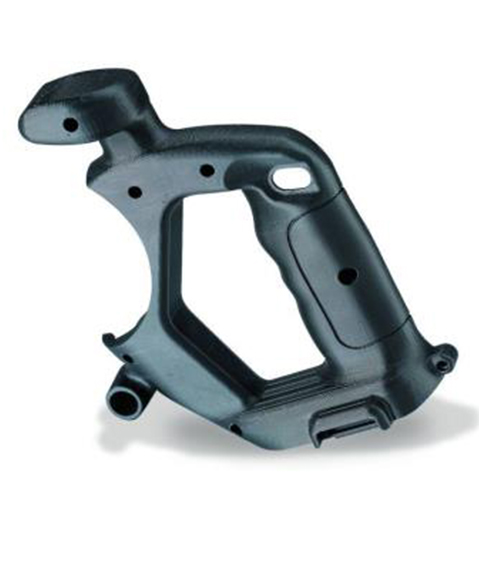
PC-ABS
Production-grade thermoplastic offers the most desirable properties of both materials - the superior strength and heat resistance of PC and the flexibility of ABS. Material commonly used in the automotive, electronics and telecommunication industries.
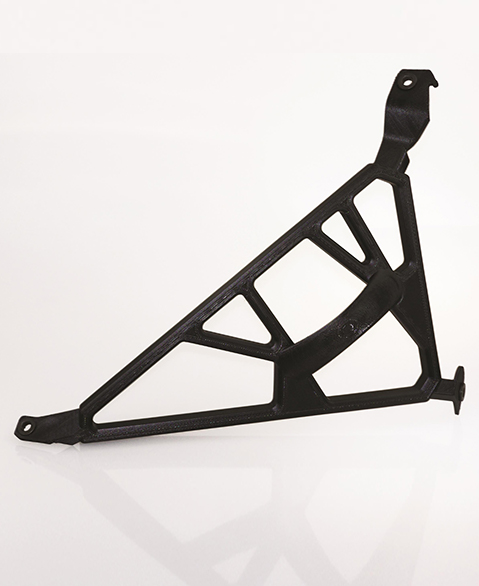
NYLON 6
FDM Nylon 6 combines strength and toughness superior to other FDM Thermoplastics, for applications that require strong, customized parts and tooling that lasts longer and withstands rigorous functional testing.

TPU 92A Elastomer
FDM TPU 92A brings the benefits of elastomers to FDM 3D printing and offers the capability to quickly produce large and complex elastomer parts. Typical applications include flexible hoses, tubes, air ducts, seals, protective covers and vibration dampeners.
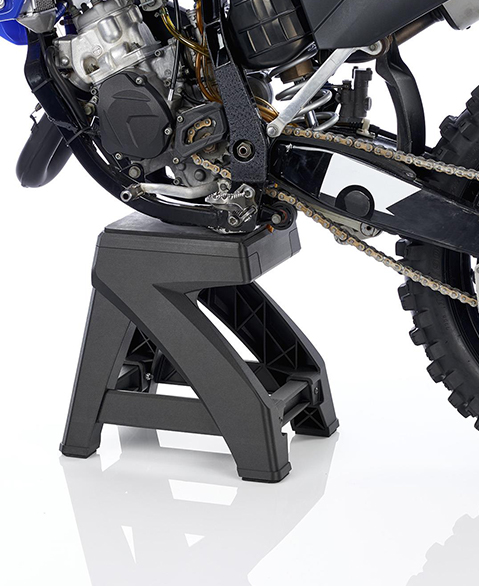
NYLON 12CF
Nylon 12CF delivers the highest strength and stiffness-to-weight ratio of any Stratasys FDM material. Its unique stiffness and strength allows it to replace metal components.
PolyJet 3D Printing Materials
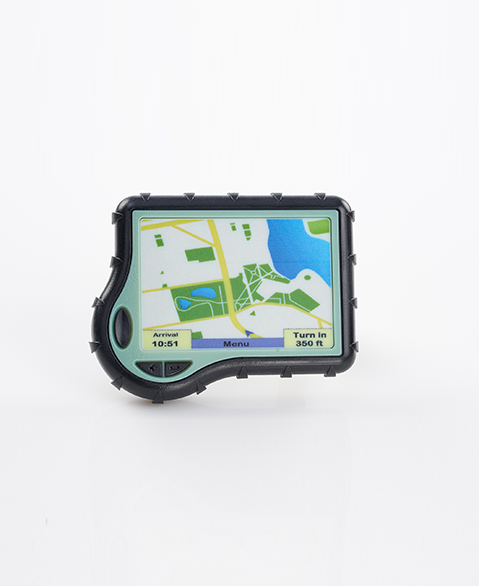
VERO FAMILY
3D print accurate, multi-color prototypes to test fit, form and function. Vero combines excellent detail visualization with strength, a key component in realistic prototypes. Produce smooth, accurate prototypes in Pantone-certified color or totally clear, with up to 95% light transmission.
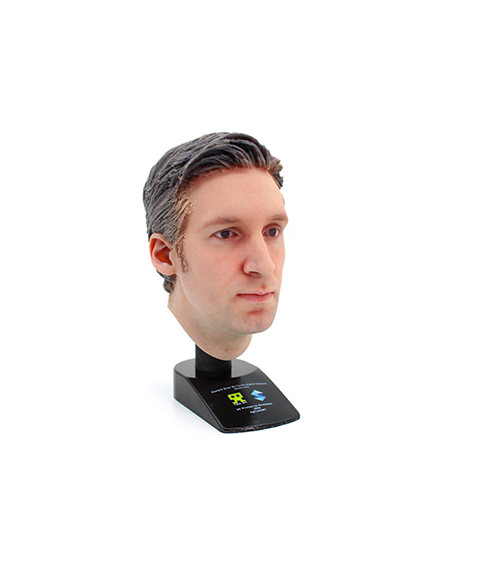
FLEXIBLE AGILUS MATERIAL
Agilus is an advanced material designed to create flexible parts. Rubber-like flexibility that is still strong and durable.
SAF Powder Materials
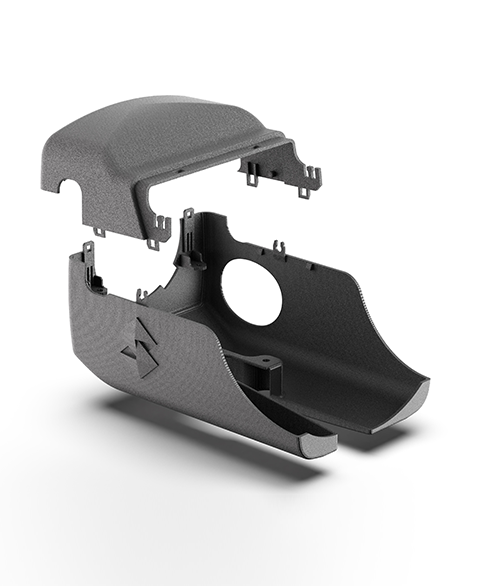
PA11
PA11 is an engineering-grade polymer and enables a high nesting density while maintaining hight part consistency to deliver production levels. PA11 offers high ductility and impact resistance which makes it suitable for a wide range of industrial applications and volume production of end-use parts. PA11 is ecofriendly and 100% bio-based from sustainable castor oil.

PA12
SAF™ PA12 is available for use with the H350, a material offering numerous benefits, most notably in delivering a high level of accuracy. Tight thermal control on the H350 leads to consistent parts and high nesting densities, and thus more parts per build. The following data highlight the capability of SAF™ PA12.
Resin p3 Photopolymer Materials
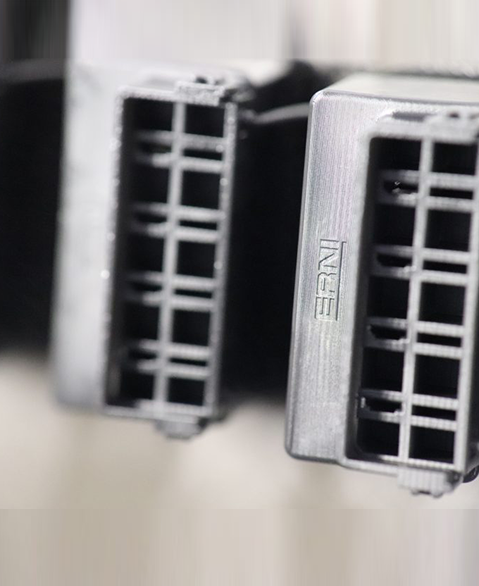
LOCTITE 3955
LOCTITE 3D 3955 is a halogen-free, high-performance, high-modulus material with excellent flexural and tensile strength properties. Parts printed in LOCTITE 3955 showcase an outstanding surface finish making it ideal for connector and interior parts for aerospace and rail.
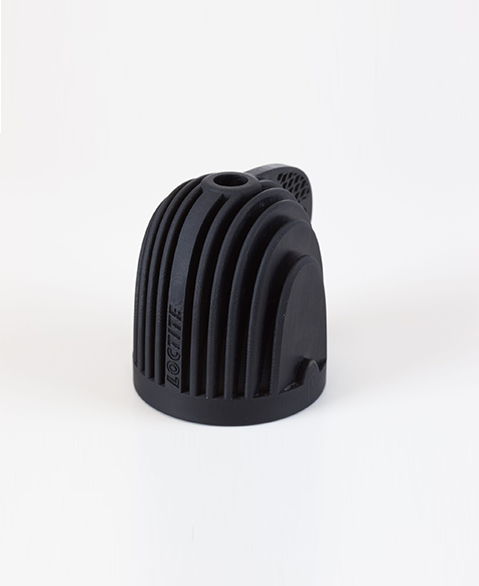
LOCTITE IND403
LOCTITE IND403 is a high-temperature resistance material that allows the production of parts with high surface quality and outstanding dimensional accuracy. IND403 is ideal for tooling production for silicone casting, low-pressure molding, and open-mold PU molding.


